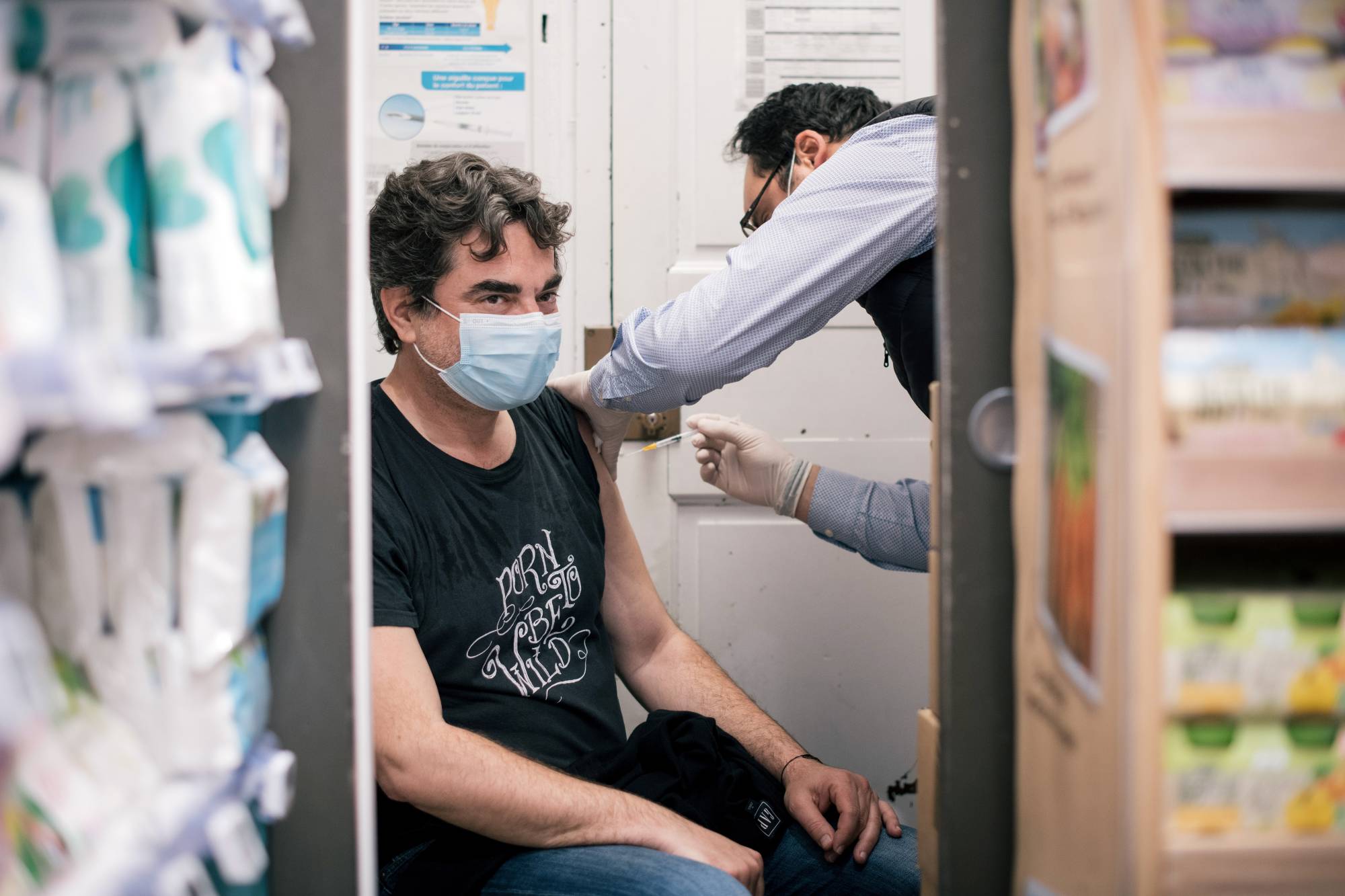For the past year, an assumption — sometimes explicit, often tacit — has informed almost all our thinking about the pandemic: At some point, it will be over, and then we’ll go "back to normal.”
This premise is almost certainly wrong. SARS-CoV-2 (the virus that causes COVID-19), protean and elusive as it is, may become our permanent enemy, like the flu but worse. And even if it peters out eventually, our lives and routines will by then have changed irreversibly. Going "back” won’t be an option; the only way is forward. But to what exactly?
Most epidemics disappear once populations achieve herd immunity and the pathogen has too few vulnerable bodies available as hosts for its self-propagation. This herd protection comes about through the combination of natural immunity in people who’ve recovered from infection and vaccination of the remaining population.

















With your current subscription plan you can comment on stories. However, before writing your first comment, please create a display name in the Profile section of your subscriber account page.